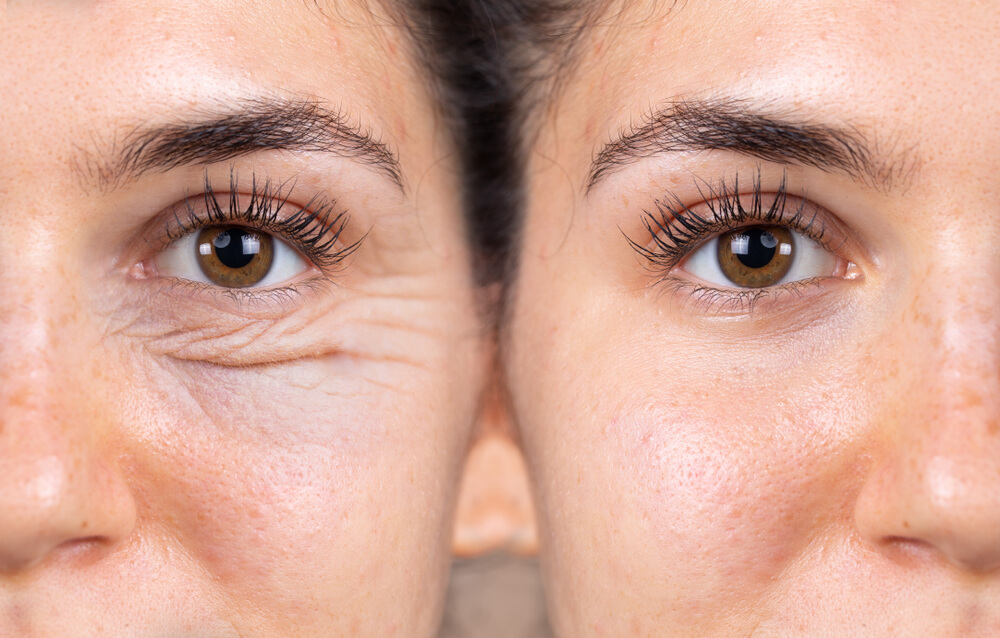Eyelid surgery or blepharoplasty is a type of procedure that restores drooping eyelids and may include extracting extra fat, muscle, and skin. As you get older, your eyelids change, and the forces that assist them are becoming weaker. Therefore, excess fats may collect over and under your eyelids, producing higher droopy lids and the complexion of your eyes.
Aside from bringing an older appearance, exceptionally droopy skin throughout your eyes can lessen your peripheral sight, mainly the top and bottom portion of your eyesight. Eyelid surgery can prevent or extract these sight issues and create younger matches in your eyes.


